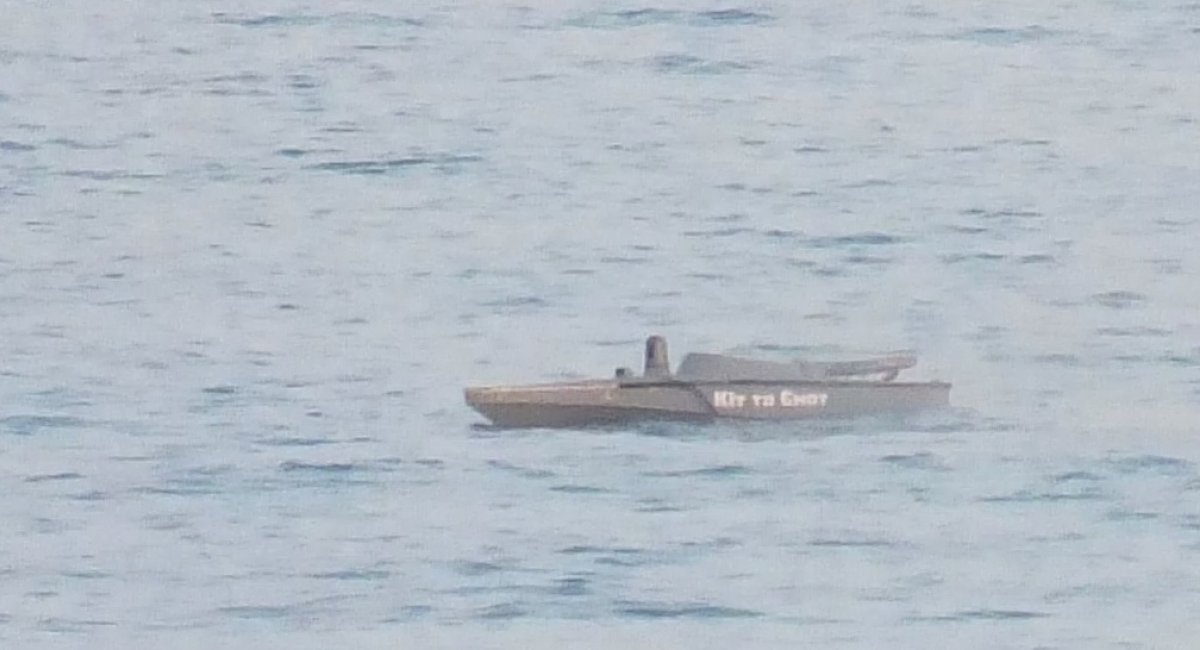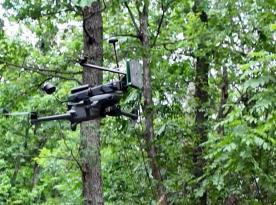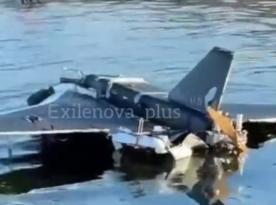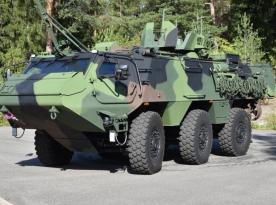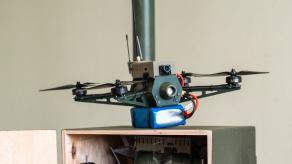Ukraine has achieved notable success in employing naval drones to fight in the sea domain. Particularly, these novel weapons managed to push the russian warships to stay at least 200 miles away from the Ukrainian coast, and even forced the russian Black Sea Fleet command to relocate its most valuable ships from the naval base in Sevastopol to Novorossiysk.
In response, russia is developing countermeasures, and its recent solutions to the Ukrainian sea drone threat indicate an important trend, pointed out by Naval News.
Read more: Ukraine's Maritime Drones for Delivering Mines Pose Threat to russian Fleet in Sevastopol
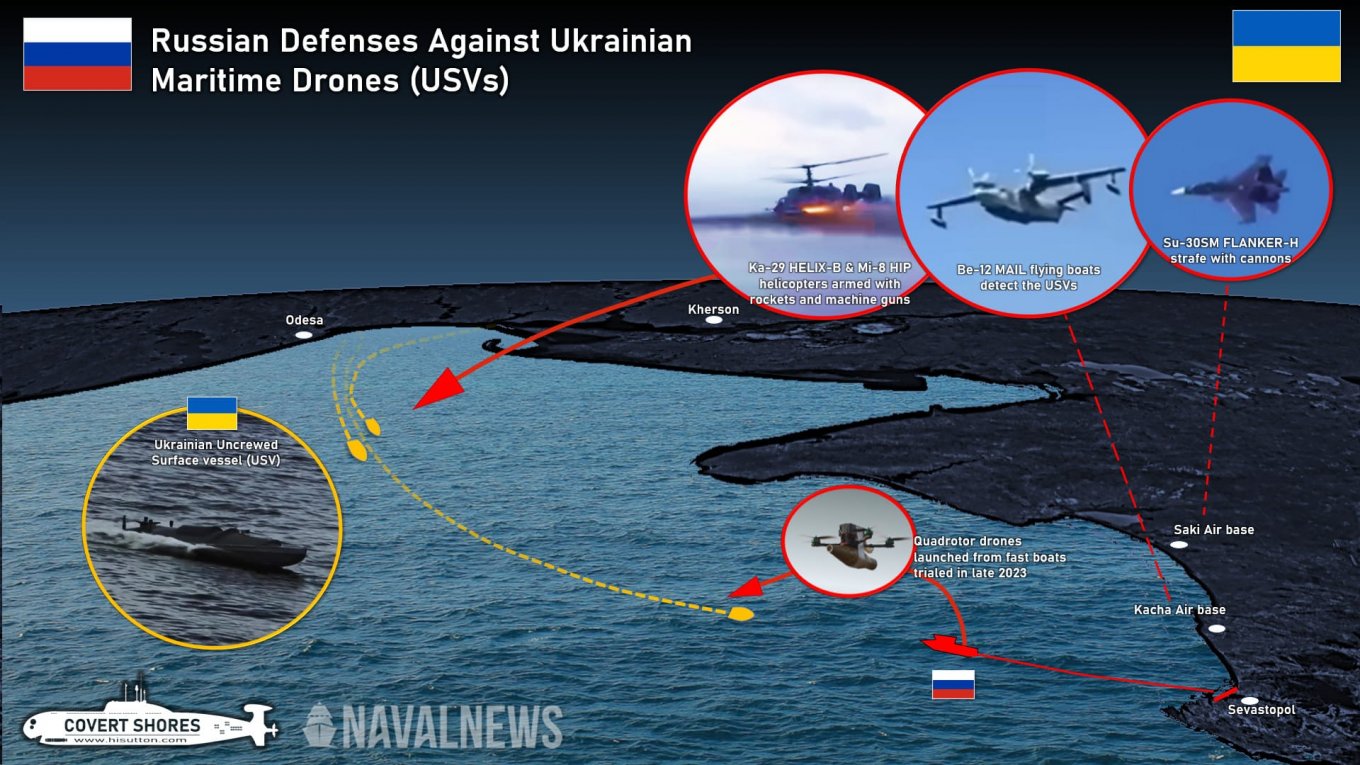
Initially, the russians attempted to counter the Ukrainian explosive unmanned boats, using measures such as erecting physical barriers around harbors in Sevastopol: multiple layers of nets, floating booms, and even a chain of barges. Still, these were not the only means of protection, as we can remember the russians did not try to repair the booms after destructive sea storms in November 2023.
The russian forces have also employed Be-12 patrol aircraft to search for naval drones in the open sea. While these planes are traditionally equipped to detect submarine periscopes on the water's surface, they should be capable of detecting small-bodied marine drones. Once it detects an enemy, Be-12 planes are then expected to provide target data to other naval aviation assets of the russian Black Sea Fleet.

These other assets are especially interesting. Naval News analysts recorded the russian navy deploying not only conventional Mi-8 helicopters or Su-30 fighters for interception but also rare Ka-29 naval assault helicopters. With only 27 helicopters of this type in the whole russian Navy, the Ka-29 is capable of taking off from ships or coastal airfields. Derived from Ka-27, this chopper can take up to 16 paratroopers or 1,850 kg of weapons, including S-5 or S-8 unguided rockets, GSh-23 automatic twin-cannon, 9M120 Ataka anti-tank missiles.

Additionally, russia has been testing kamikaze FPV drones for use against sea targets, potentially indicating the development of tools to counter Ukrainian unmanned explosive boats.
Overall, the situation suggests that russia has a significant set of tools to counter Ukrainian naval drones, but analysts note that Ukraine currently holds the initiative, forcing russia to adapt and respond to the challenges posed by the Ukrainian Defense Forces in the Black Sea.
"Russian defenses are reactionary, so the next major development is more likely Ukrainian than Russian," the authors conclude.
Read more: The Naval Fleet of Drones Sinks or Damages 7 russian Warships in 1st Year



